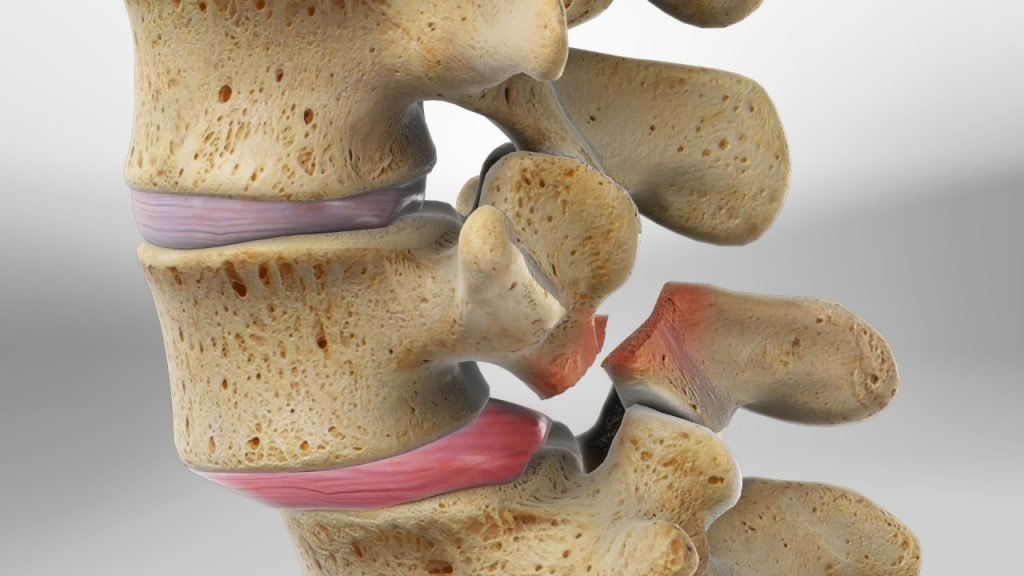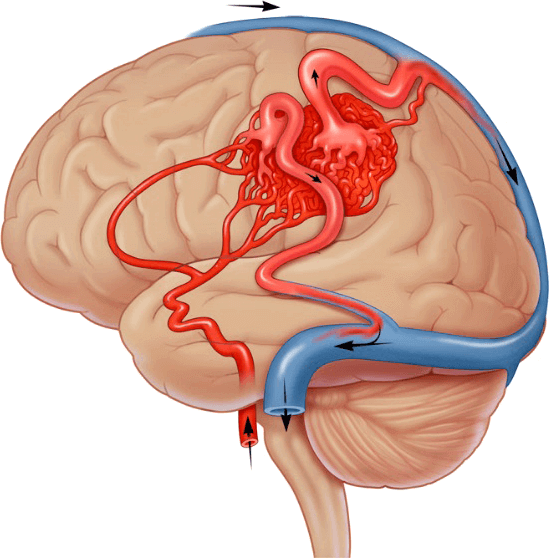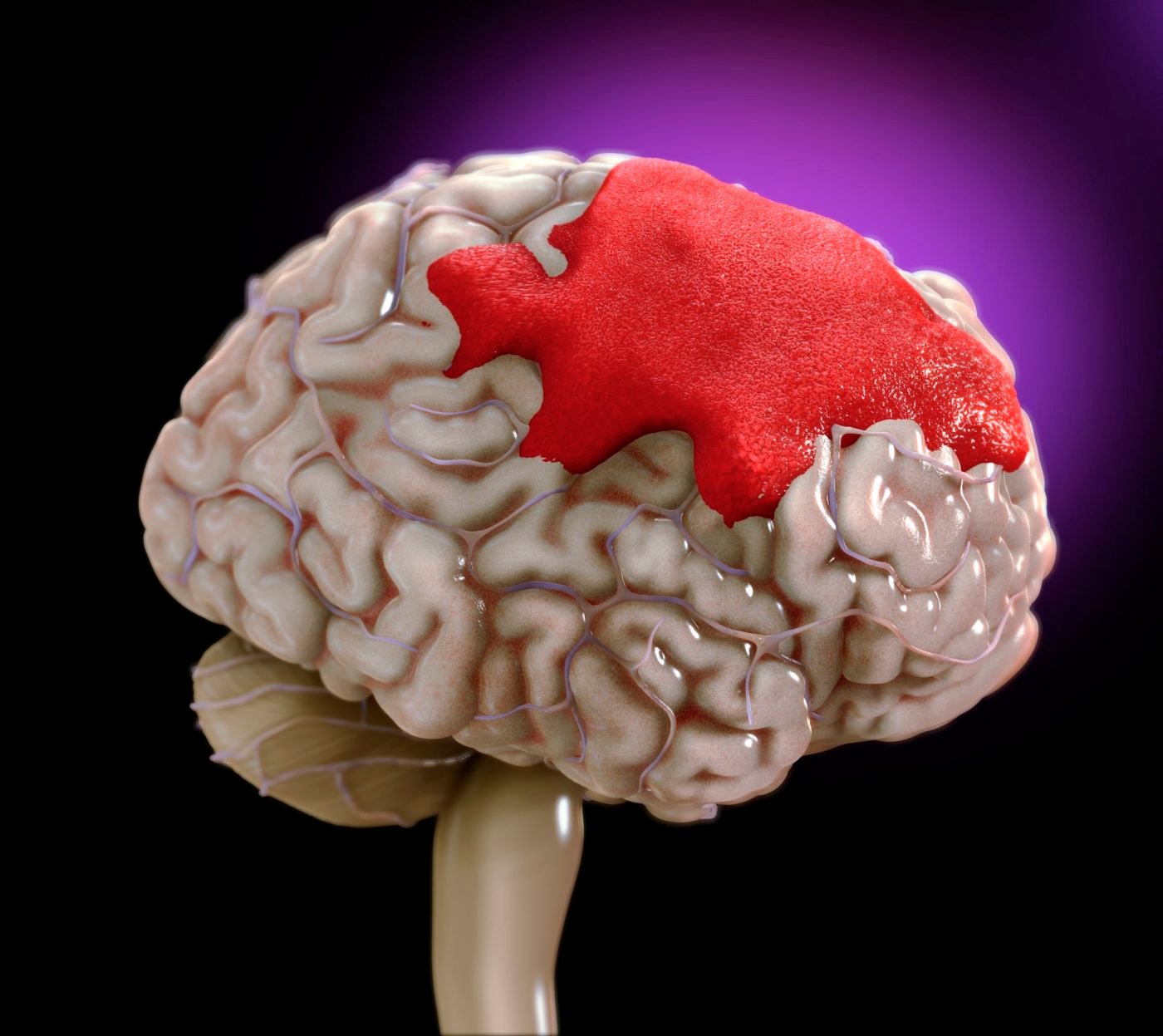Dr. Dilip S. Kiyawat, Leading Spine & Neurosurgeon in the Field of SPONDYLOLISTHESIS
SPONDYLOLISTHESIS
Spondylolisthesis is a spinal condition where one vertebra slips forward or
backward in relation to the vertebra below it. This displacement most
commonly occurs in the lower spine and is often caused by degenerative
changes, congenital defects, or stress fractures. Symptoms may include
lower back pain, stiffness, and nerve compression symptoms like leg pain
or weakness. Diagnosis involves imaging studies such as X-rays, CT Scan,
and MRI.
Causes
Some individuals may have a genetic predisposition to spondylolisthesis due to a defect in the vertebrae present at birth.
Symptoms
In severe cases, there may be numbness or weakness in the legs.
Treatment
Exercises to strengthen the core muscles and improve flexibility. Surgical Correction & Stabilization is necessary where symptoms persist
Rehabilitation
Adopting spine-friendly habits and avoiding activities that may contribute to further slippage.

Spondylolisthesis
Trauma
A fracture in the pars interarticularis (a small bony segment in the posterior part of the spine) can result in spondylolisthesis.
Imaging Studies
X-rays, CT scans, or MRI may be used to visualize the spine and determine the extent of slippage.
Back Pain, Leg Pain & Muscle Tightness
Persistent lower back pain is a common symptom. Radiating pain into the buttocks and thighs may occur. Tightness or stiffness in the hamstrings.
Decompression and Fusion
Removal of damaged disc material and stabilization of the spine through fusion.

Spondylolisthesis AT L5-S1 LEVEL DUE TO FRACTURE







